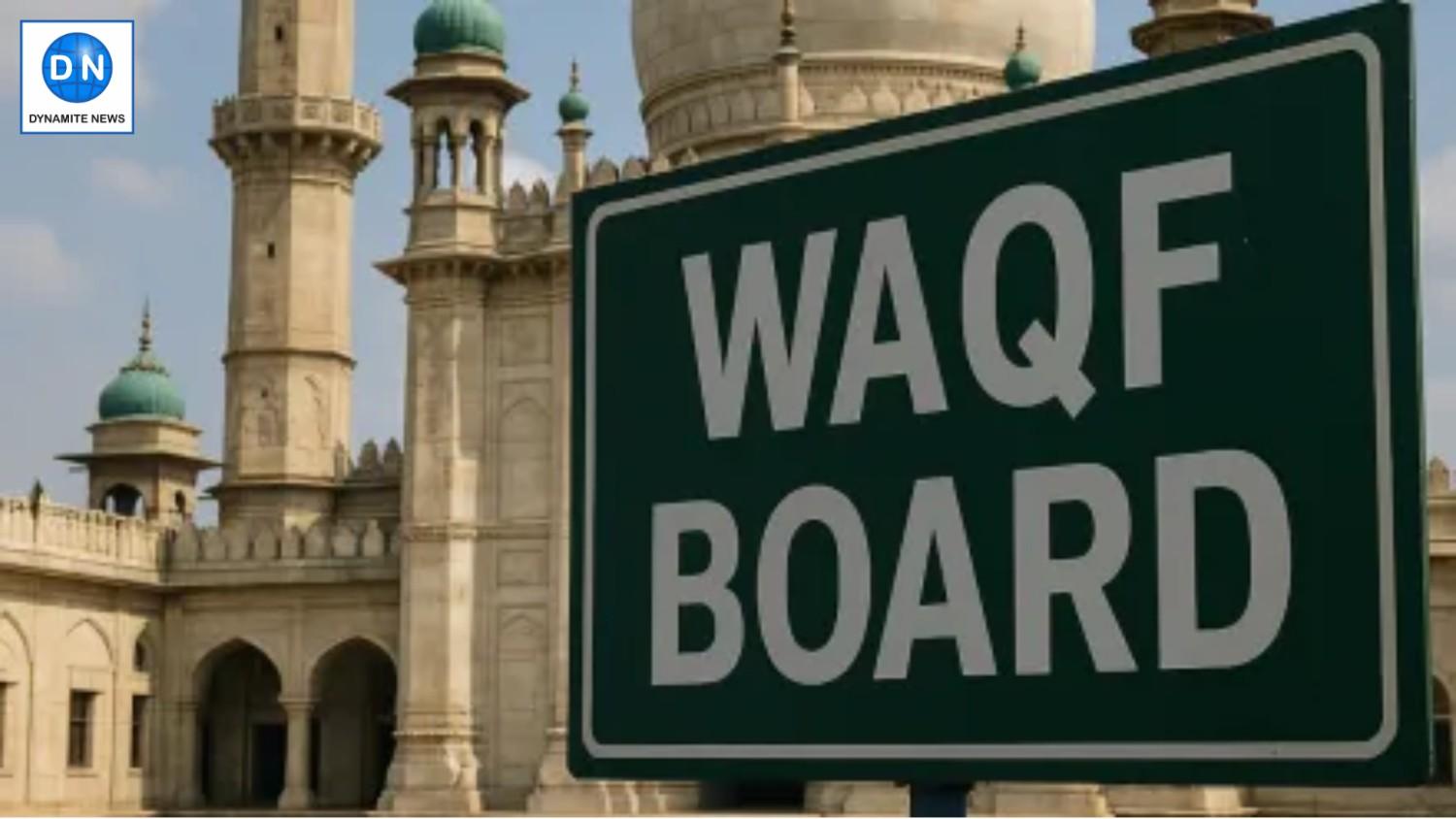From Nawab to Vice President, who has given the most properties to Waqf Board in India?
India's Waqf Board manages over 9.4 lakh acres of donated land, including historic gifts from Nizams, Mughals, and Sufi followers, plus modern donations from figures like Azim Premji, for religious and charitable purposes. Read more at Dynamite News.

New Delhi: The Waqf Board is India's third-largest landowner, managing over 9.4 lakh acres of properties as of December 2022. These include mosques, madrasas, cemeteries, and community welfare assets.
Waqf (meaning "held in trust" in Arabic) refers to properties donated for religious or charitable purposes under Islamic law. Once registered, these assets cannot be sold or reclaimed—they become permanent endowments for public benefit.
Did you know? Hyderabad’s Nizam VII alone donated land now worth billions—showcasing Waqf’s enduring economic and cultural impact.
Also Read |
All India Muslim Women's Board Backs Waqf Amendment Act
The Nizams of Hyderabad donated thousands of acres of land, including properties to Hindu temples like Tirupati and the Golden Temple. Mughal emperors such as Akbar and Shah Jahan gifted lands for mosques and dargahs across their empire.
Followers of Sufi saints donated large properties to shrines like Hazrat Nizamuddin Auliya in Delhi and Khwaja Moinuddin Chishti in Ajmer.
In modern times, industrialist Azim Premji and former Vice President Hamid Ansari have contributed to education and health projects through Waqf donations.
Also Read |
Muslims Should Be Thankful to PM Modi and Amit Shah: KRK on Waqf Amendment Bill
India’s Waqf Board operates semi-autonomously, unlike Pakistan/Bangladesh where governments regulate it. Critics demand transparency in handling these assets, estimated at ₹1.2 lakh crore.
 Dynamite News
Dynamite News 